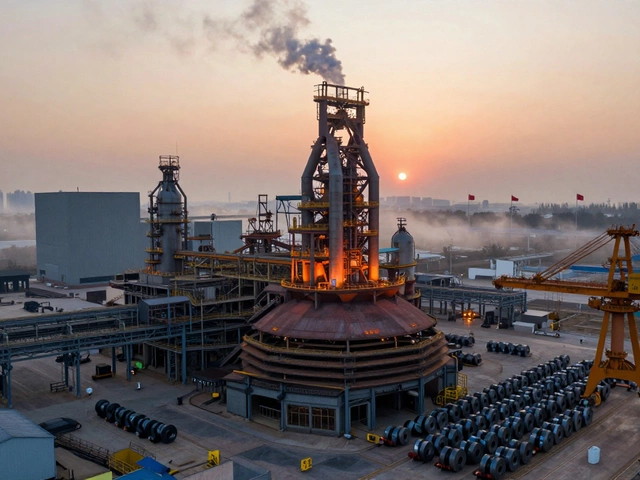Chemical Shortages in India: What You Need to Know
If you run a factory or a lab, you’ve probably felt the pinch of missing chemicals. Prices jump, orders stall, and deadlines get blurry. This isn’t a one‑off glitch – it’s a growing problem that’s reshaping how Indian manufacturers plan their work.
Why the Shortage Is Happening
First, global demand for raw materials has surged. Covid‑19, the war in Ukraine, and tighter environmental rules have all cut the flow of key intermediates. When a major supplier slows down, Indian plants that rely on imported inputs feel the impact immediately.
Second, domestic production can’t keep up. Many Indian chemical plants still run on older equipment, which means lower yields and higher waste. Without investment in modern reactors or better process control, the gap between supply and demand widens.
Third, policy changes add another layer. New bans on hazardous substances force companies to switch to safer alternatives, but the alternatives are often scarce or more expensive. The result is a mix of regulatory pressure and market imbalance.
Practical Ways to Mitigate the Impact
Don’t wait for the next shipment delay to hit your schedule. Start by mapping out which chemicals are critical to your line and ranking them by risk. A clear risk map helps you focus on the items that would shut your plant down if they run out.
Next, diversify your supplier base. Relying on a single overseas vendor is risky; add a local or regional supplier wherever possible. Even if the local price is a bit higher, the shorter lead time can save you from downtime.
Consider building a small safety stock for high‑risk chemicals. Calculate the average monthly usage, add a 20‑30% buffer, and store it safely. The upfront cost is offset by the peace of mind of not missing a production run.Invest in process flexibility. Some reactions can accept alternative reagents without compromising quality. Work with your R&D team to test substitutes and update standard operating procedures. When you have a fallback formula, a shortage becomes a choice rather than a crisis.
Finally, keep an eye on policy updates. Join industry forums, attend webinars, and stay connected with regulatory bodies. Knowing a ban is coming months ahead lets you plan a switch before you’re forced to scramble.
Shortages won’t disappear overnight, but with a proactive approach you can reduce their impact on your bottom line. Understanding why the supply chain is strained, mapping your risk, and building flexibility are the three steps that turn a headache into a manageable challenge.
Current Chemical Shortages in India: Causes and Solutions
India is facing significant chemical shortages impacting various industries. This article explores the underlying causes of these shortages, the specific chemicals most affected, and the broader implications for manufacturers. It also provides an overview of how manufacturers are coping and adapting to these challenges while presenting some actionable insights for stakeholders. Understanding these dynamics is crucial for navigating the current landscape and planning for future resiliency.
Read More




